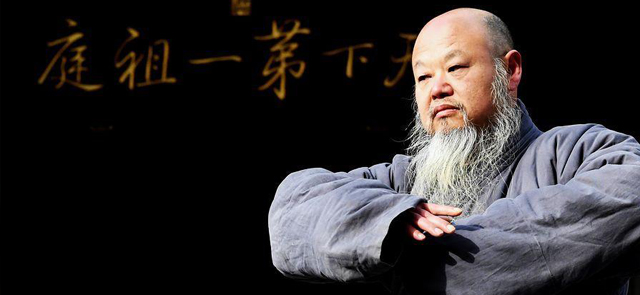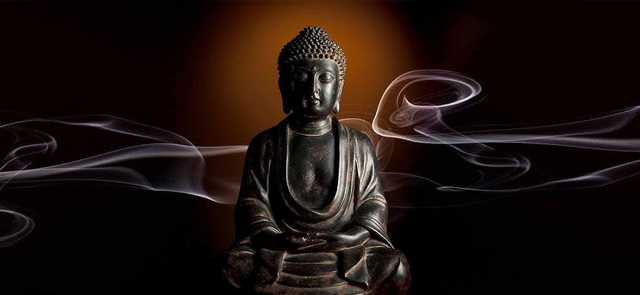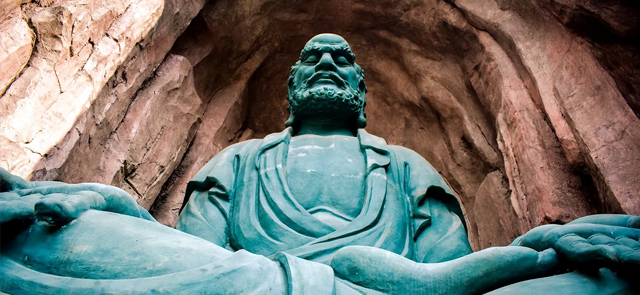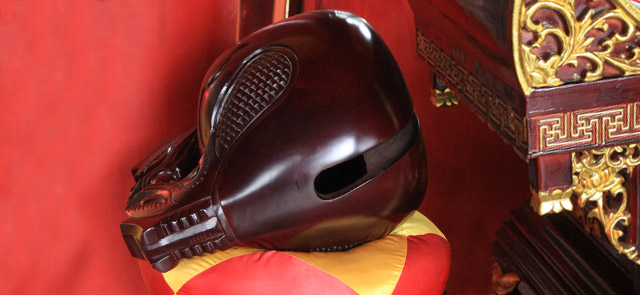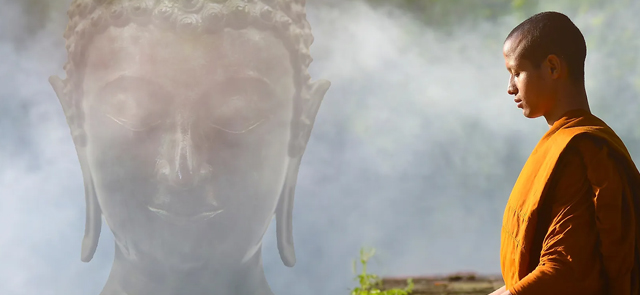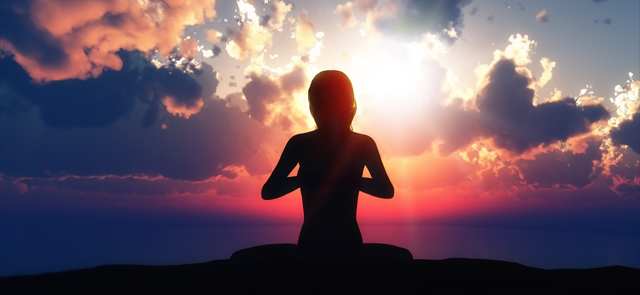Shaolin Rouquan [Chin.: Shàolín Róu Quán 少林柔拳], a venerable rare martial art with a rich history, goes beyond its external techniques and forms. At the core of this ancient practice lie a set of internal principles that are paramount to its mastery. As practitioners progress and establish a solid foundation of correct posture, they embark on a profound journey of self-discovery, exploring the depths of their physical and mental capabilities.
1. Mindfulness and Concentration [Chin.: Zhèngniàn hé zhuānzhù 正念和专注]:
The first internal principle of Shaolin Rouquan is mindfulness, the art of being fully present in the moment. Mindfulness allows practitioners to cultivate heightened awareness of their body, breath, and surroundings. By focusing their attention on the immediate experience, they develop a deeper connection with their movements, enabling them to respond swiftly and efficiently. Through constant practice, mindfulness becomes a habit, permeating all aspects of their lives, fostering mental clarity and emotional balance.
Concentration is closely intertwined with mindfulness. In Shaolin Rouquan, concentration refers to the ability to direct one's attention towards a single point, whether it be a specific technique, breath, or internal sensation. By honing their concentration skills, practitioners enhance their ability to perceive subtle shifts in their body's energy, gaining insights into the flow of their movements and opening the door to a more profound understanding of the art.
2. Breath Control [Chin.: Hūxī kòngzhì 呼吸控制]:
Shaolin Rouquan emphasizes the significance of breath control as a fundamental internal principle. The breath serves as a bridge connecting the mind and body, enabling practitioners to synchronize their movements with their internal energy. Through focused breathing techniques, they learn to regulate the rhythm, depth, and quality of their breath, facilitating the circulation of vital energy or Qi. By harmonizing breath with movement, practitioners cultivate stamina, endurance, and explosive power, all essential elements for the execution of Rouquan techniques.
Moreover, conscious breath control fosters a calm and tranquil state of mind, promoting relaxation and reducing the effects of stress and tension. By harnessing the power of the breath, Shaolin Rouquan practitioners tap into their internal resources, discovering untapped potential within themselves.
3. Internal Energy Cultivation [Chin.: Nèigōng xiūliàn 内功修炼]:
One of the most profound aspects of Shaolin Rouquan lies in the cultivation and mastery of internal energy. Within the human body, there is a vast reservoir of energy that can be harnessed and directed to enhance physical strength, speed, and agility. This internal energy, known as Qi, flows through specific pathways called meridians. By practicing Rouquan techniques and incorporating specific movements and postures, practitioners stimulate the flow of Qi, strengthening and balancing their internal energy system.
Through dedicated training, practitioners learn to manipulate their Qi, guiding it to specific areas of the body as needed. This ability enables them to generate remarkable power and perform seemingly superhuman feats. However, the cultivation of internal energy is not a quick or easy process. It requires patience, discipline, and consistent practice over an extended period. Yet, the rewards are immense, as the harmonization of body, mind, and Qi grants practitioners heightened sensitivity, enhanced reflexes, and an increased capacity to withstand physical and mental challenges.
4. Emotional Equilibrium [Chin.: Qíngxù pínghéng 情绪平衡]:
The final internal principle of Shaolin Rouquan is the cultivation of emotional equilibrium. Practitioners learn to channel their emotions and maintain a calm and composed demeanor in the face of adversity. By developing emotional resilience, they avoid being swayed by anger, fear, or any negative emotions that may cloud their judgment or hinder their performance.
Through the practice of Shaolin Rouquan, individuals gradually gain a deeper understanding of themselves, becoming more self-aware and in control of their emotions. This emotional equilibrium extends beyond the training hall, positively influencing their interactions with others and enhancing their overall well-being.
In conclusion, the internal principles of Shaolin Rouquan form the essence of this ancient martial art. Mindfulness, concentration, breath control, internal energy cultivation, and emotional equilibrium are interwoven threads that enhance the practitioner's physical abilities and deepen their connection to themselves and the world around them. By embracing these principles, Shaolin Rouquan practitioners embark on a transformative journey that transcends the realm of martial arts, empowering them to live a balanced, harmonious, and purposeful life.
